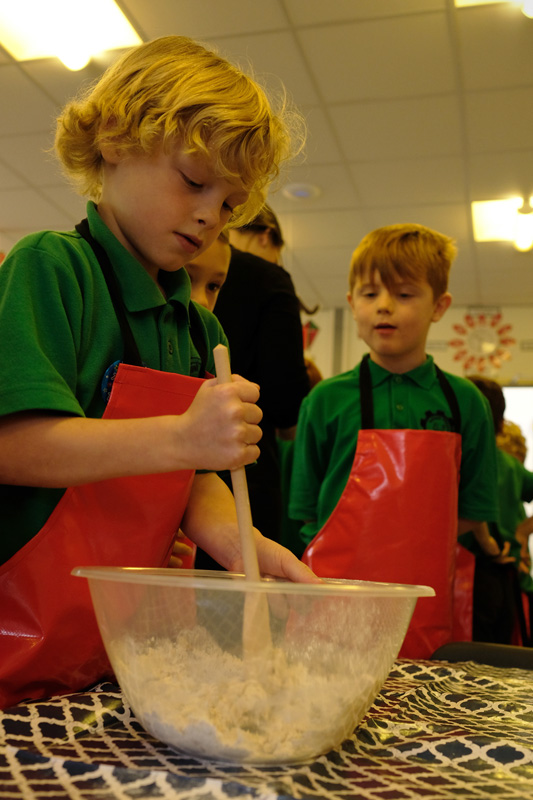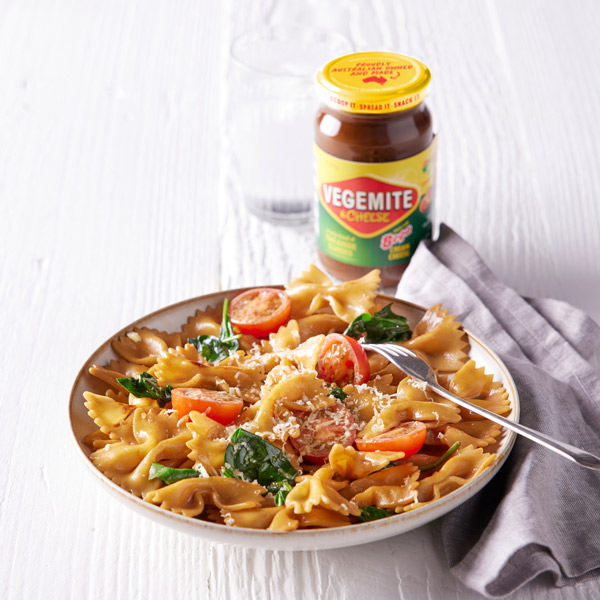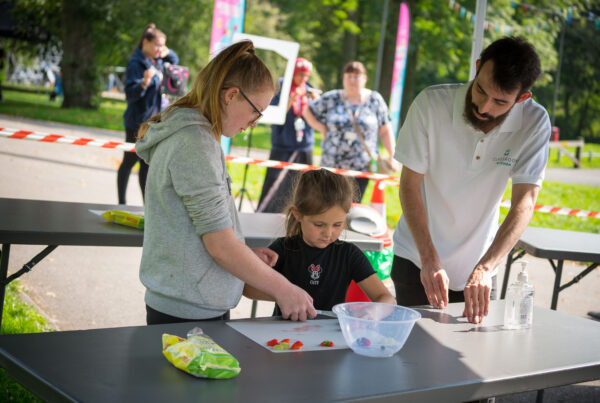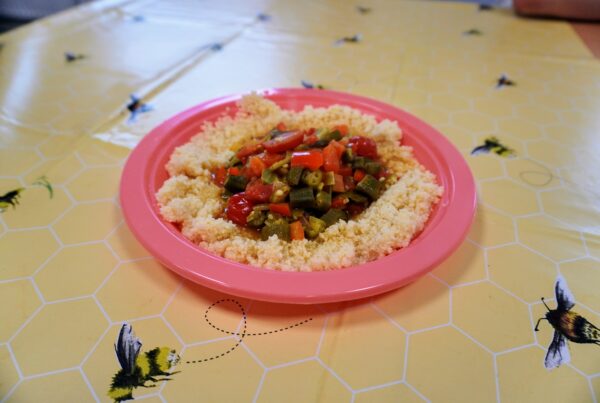Classroom Kitchen took Year 1 students on a culinary journey to the land Down Under with an Australian cooking and nutrition workshop. It was a hands-on, tasty, and educational session where the children not only got to cook but also learned all about traditional Australian foods and culture.
Discovering Australian Cooking
To begin the session, we invited the children to share their ideas about what people in Australia typically eat. This sparked a lively discussion and some interesting guesses! Together, we discovered that while Australian cooking shares many similarities with the food we eat here in the UK, it also includes some distinctive elements. The children were fascinated to learn that Australians sometimes enjoy meats such as crocodile, ostrich, and kangaroo; ingredients not commonly found on British dinner tables.
We also introduced them to a range of much-loved Australian foods and treats, including:
-
Lamingtons – sponge cake squares coated in chocolate and coconut.
-
Pavlova – a meringue-based dessert topped with fresh fruit.
-
Fairy bread – a nostalgic party snack made with buttered bread and sprinkles.
-
ANZAC biscuits – with a rich wartime history.
-
Vegemite – a savoury, yeast-based spread known for its bold flavour.
-
The Australian tradition of hosting outdoor barbecues, which plays a central role in their food culture.
This introduction gave pupils a broader appreciation of global food traditions and set the scene for our cooking activities.
Understanding the History of ANZAC Biscuits
Before we started cooking, we explored the story behind ANZAC biscuits. These traditional treats were originally made during the First World War to send to Australian and New Zealand Army Corps (ANZAC) soldiers overseas. Made without eggs, they were able to stay fresh over long journeys.
ANZAC biscuits are still baked today, particularly on ANZAC Day (25th April), which is the Australian and New Zealand equivalent of Remembrance Day in the UK—a time to honour those who served in the armed forces.

Cooking Activities in the Classroom
Baking ANZAC Biscuits
To begin our practical cooking, the children helped to measure out oats, plain flour, desiccated coconut, caster sugar, and bicarbonate of soda. They then mixed in melted butter and golden syrup to form the biscuit dough. The children shaped the mixture into balls, placed them onto trays, and watched eagerly as they baked to a lovely golden brown.
Making Vegemite Pasta
While the biscuits were in the oven, we moved on to our savoury dish: vegemite pasta. Pupils chopped fresh tomatoes and spinach, which were lightly sautéed with pre-cooked pasta. We added a small amount of vegemite and cheese for flavour and topped the dish with grated parmesan to finish.
A Taste Test to Remember
The highlight of the session was, of course, tasting the food. The ANZAC biscuits were a clear favourite, with many children asking for seconds. As expected, the vegemite pasta split opinions—just like marmite, you either love it or hate it! Regardless, it was wonderful to see so many pupils open to trying something new.

What the Children Learned
This session provided more than just a cooking experience. Year 1 pupils:
-
Gained cultural awareness by learning about Australian fcooking
-
Developed basic cooking skills such as weighing, mixing, and chopping
-
Discovered the history behind a traditional recipe
-
Gained confidence in trying new flavours and ingredients
-
Practiced teamwork in a supportive, hands-on environment
Reflections from the Classroom Kitchen Team
It was a joy to witness the children’s enthusiasm and willingness to engage with unfamiliar foods and ideas. Sessions like this highlight the power of cooking as a cross-curricular learning tool, helping children explore geography, history, health, and practical life skills all in one workshop.

This week’s blog was written by one of our Classroom Kitchen teachers… Rebecca Gilby-Young!




